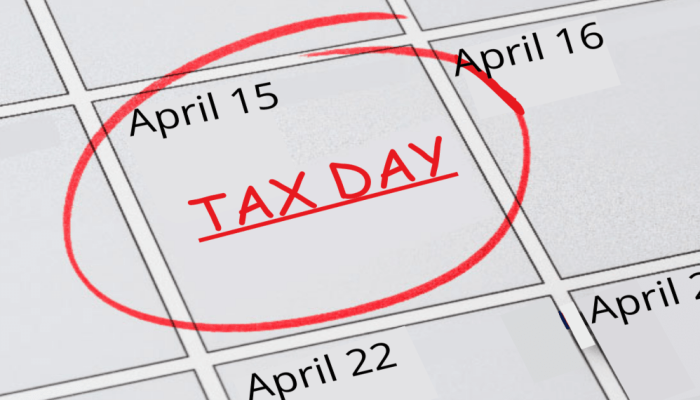There’s no one-size-fits-all model when it comes to evaluating tax incentives. But, all state and city governments should think about how to measure their programs. This was the conclusion of US tax experts who gathered in Philadelphia in November.
The PEW Charitable Trust invited them to share insights during two days of round-table discussions. It was an opportunity to highlight success stories –and failures.
Professor Matthew Murray helped Alabama residents and lawmakers better understand tax incentive programs. He did so by using simple letter-grades. Murray’s staff looked at 11 different evaluation components, such as “transparency” and “simplicity”. Each received a grade from A to D. They then took the average to give one, final grade to the tax incentive program.
Researchers often rely on complex data, but it’s not always necessary for evaluations. Researchers in Maine discovered why a state tax incentive was failing to create jobs. It turned out that businesses were counting existing employees as new ones. They figured this out by reviewing legislation, forms, and information on government websites. Simple evaluation revealed flaws in the program’s design and allowed officials to fix it.
Philadelphia is also using evidence and data to test its economic development tools. Existing reports focus on the number of firms taking part and the dollar value of credits. They don’t show whether programs meet goals in the most efficient and effective way.
This is about to change. In March 2017, City Council passed important legislation. It requires a complete evaluation of economic development incentives. The first report is due June 30, 2018. The Department of Commerce, with the Department of Revenue as a partner, will work with an economics firm to complete it. We’re eager to join the ranks of cities and states using data and research to improve economic development incentives.
Photo credit: C. Smyth for Visit Philadelphia




